By Daniel Russo
On May 23rd, 2015, Alexey Mozgovoy died. More specifically, his car exploded:
in broad daylight, miles away from the front lines of the conflict (Crowcoft). Unless Mozgovoy accidentally wandered onto the set of Mythbusters, this explosion was not an accident. Mozgovoy’s supporters believe his death to be nothing short of a politically motivated murder by hitmen of the Luhansk People’s Republic (LPR). Mozgovoy was loved throughout the region and was incredibly well respected – he was the commander of the ‘Ghost Brigade’, one of the Separatists’ most effective and well-trained military units (Eliason). He was also, however, one of the most outspoken critics of the LPR, specifically regarding the ceasefire agreement. For Mozgovoy, peace with Kiev is not an option. He embodies the sentiments of many anti-peace elements within the Separatist movement who believe that the current leadership is essentially cutting a deal with the devil by making peace with Kiev.
These elements see the Minsk peace talks, held in September of 2015 and attended by leaders of the DPR and the LPR, as a mistake and have pledged to continue fighting (Crowcoft). Mozgovoy is not the only member of this anti-peace movement to be silenced, and these politically motivated killings have become a reality of daily life in eastern Ukraine. Alexander Khodakovsky, a senior official in the Donetsk People’s Republic (DPR), has been banned from traveling to Russia, which is small potatoes compared to the fate of his comrade Alexey Mozgovoy. Khodakovsky, in an address to Ukrainian media, went so far as to ask for a less obvious and destructive way of being assassinated. He noted that he “often travels through densely-populated neighborhoods…so please use a more delicate method” (Kyiv Post). This statement may seem absurd to those of us who grew up in a country free from politica assassinations. In the DPR and LPR, however, this is a reality for those who feel the current Separatist leadership does not accurately reflect their beliefs and desires.
At a time when Russia and the Separatist governments in the DPR and LPR appear to be moving towards peace, anti-peace voices are being silenced, often violently. This represents a fraying of the relationships within the Separatist movement that are not so obvious upon first glance and do not receive much attention in Western media. It is simply unrealistic to paint the Ukrainian Separatists as a homogenous group with a united goal. While it is true they have a shared enemy, e.g. Kiev, the glue holding the Separatist movement together is beginning to break away.
References
Eliason, George. “The Assassination of Donbass Commander Alexey Mozgovoy”.
Global Research Centre for Globalization. 26 May 2015. Web.
http://www.globalresearch.ca/the-assassination-of-donbass-commander-alexey-
mozgovoy-his-legacy-will-unify-novorossiya/5451713
Crowcoft, Orlando. “Ukraine Crisis: Who killed rebel leaders Alexey Mozgovoy and
Alexandr Bednov?”. International Business Times. 4 June 2015. Web.
http://www.ibtimes.co.uk/ukraine-crisis-who-killed-rebel-leaders-alexei-
mozgovoy-alexandr-batman-bednov-1504388
Kyiv Post. “Separatist Leader in Donetsk Predicts His Own Assassination by the
Kremlin.” Kyiv Post. 22 Feb. 2016. Web.
http://www.kyivpost.com/article/content/ukraine-politics/censornet-separatist-
leader-in-donetsk-predicts-his-own-assassination-by-kremlin-408629.html

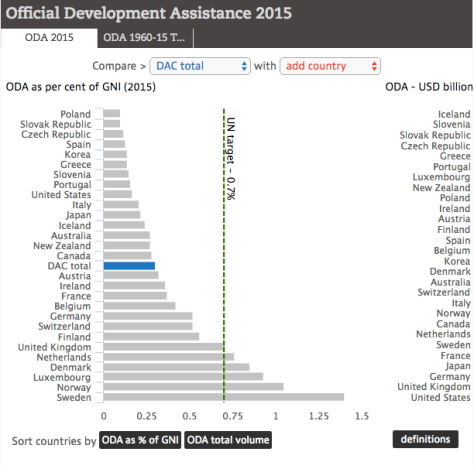
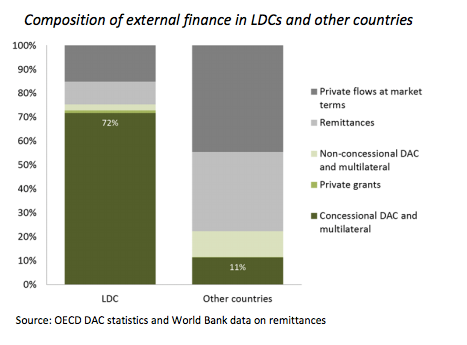
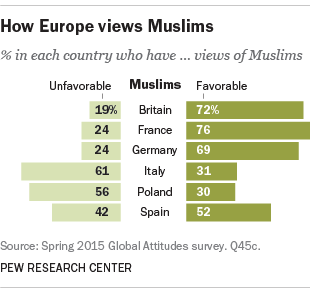
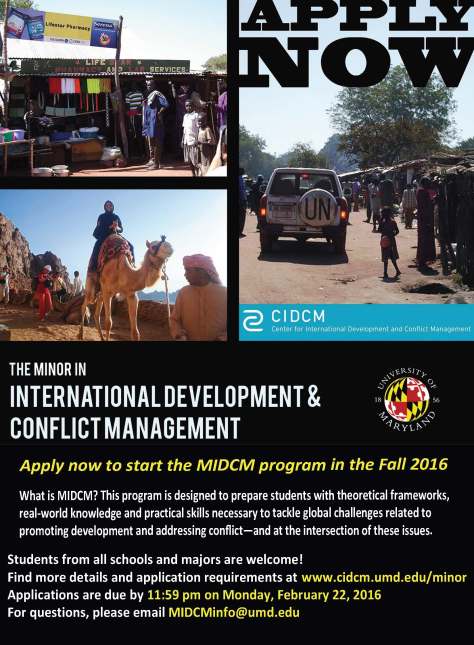
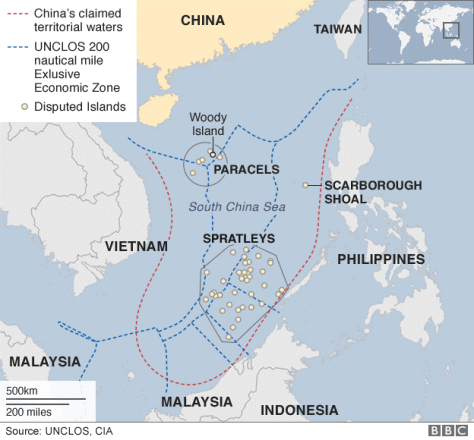
You must be logged in to post a comment.